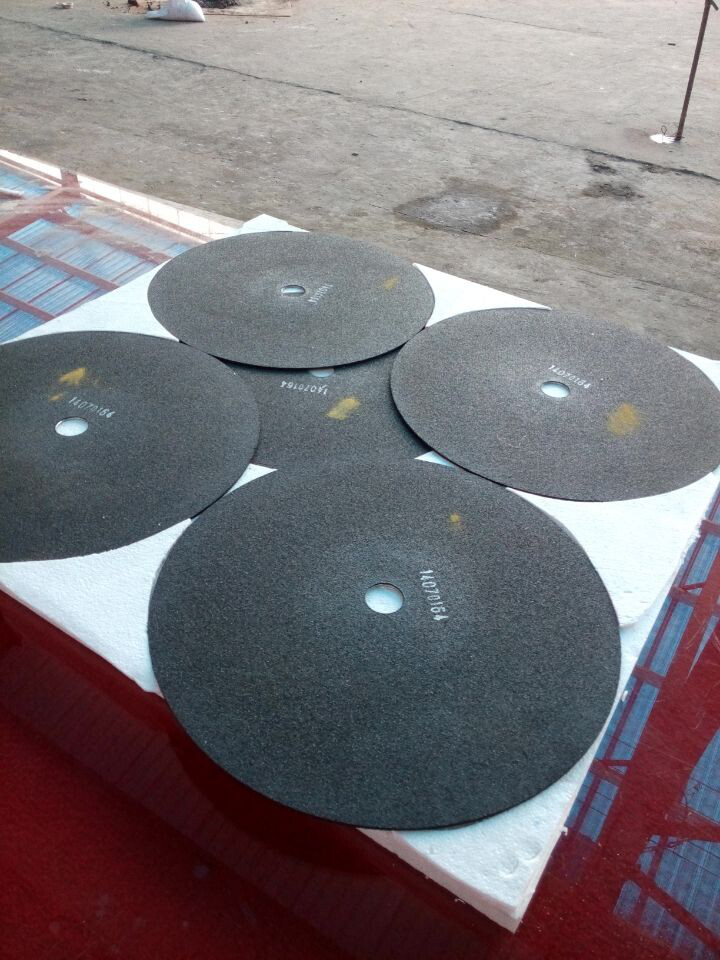Lost foam casting is a versatile and efficient casting method, but like any manufacturing process, it has its drawbacks. Here are some of the cons of lost foam casting:
Material Selection:
Limited material options: Lost foam casting is best suited for certain materials like aluminum and cast iron. Some materials may not be suitable for this process due to their properties.
Pattern Production:
Pattern complexity: Complex patterns with intricate details can be challenging to produce, leading to increased production costs. Simple and less intricate designs are more suitable for lost foam casting.
Pattern Degradation:
Pattern degradation: The foam patterns used in lost foam casting can be delicate, and they may degrade or deform during handling or due to factors like humidity. This can result in the need for additional patterns and increased costs.
Surface Finish:
Surface finish limitations: Achieving fine surface finishes can be more challenging in lost foam casting compared to other casting methods. Additional finishing processes may be required to achieve the desired surface quality.
Mold Filling and Solidification:
Uneven filling: Achieving uniform filling of the mold can be challenging, and uneven distribution of molten metal may lead to defects in the final casting.

Environmental Impact:
Environmental concerns: The lost foam casting process involves the use of expanded polystyrene (EPS) foam, which can release harmful gases during combustion. Proper disposal and recycling of the foam patterns are essential to mitigate environmental impact.
Tooling Costs:
Initial tooling costs: The creation of tooling for foam patterns can be expensive, especially for intricate designs. This initial cost may be a barrier for small-scale or prototype production.
Skill and Training:
Skilled labor required: Skilled workers are needed to handle the intricacies of the lost foam casting process. Training and expertise are essential to ensure the quality of the castings.
Size Limitations:
Size limitations: Large and heavy castings may pose challenges in terms of handling and uniform filling of the mold. Other casting methods may be more suitable for oversized components.
Risk of Defects:
Defects and shrinkage: As with any casting process, there is a risk of defects such as porosity and shrinkage. Proper process control and quality assurance measures are required to minimize these issues.
Despite these cons, lost foam casting remains a popular choice for certain applications due to its advantages, such as design flexibility, reduced machining requirements, and the ability to produce complex shapes with minimal tooling.inquire now
565
0
0
All Comments (0)
If you are interested in sending in a Guest Blogger Submission,welcome to write for us!
Comments